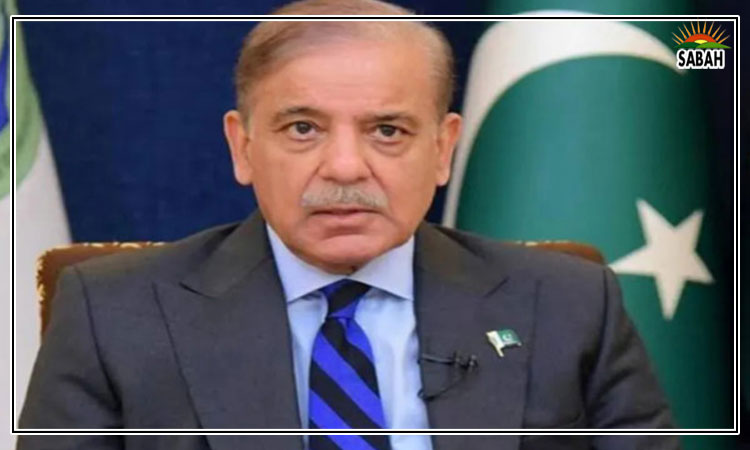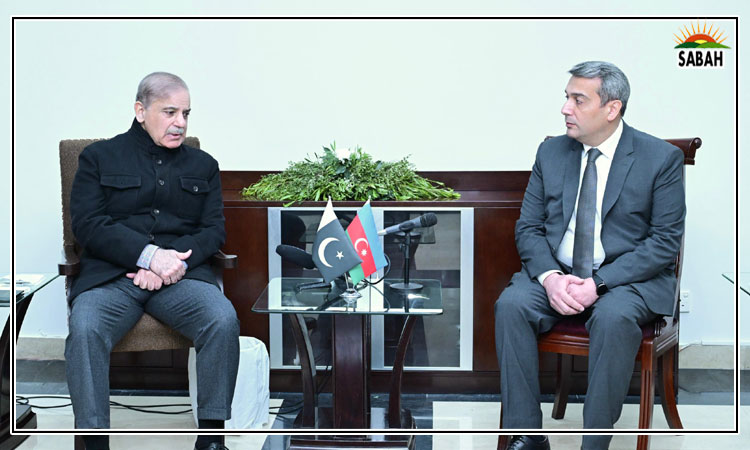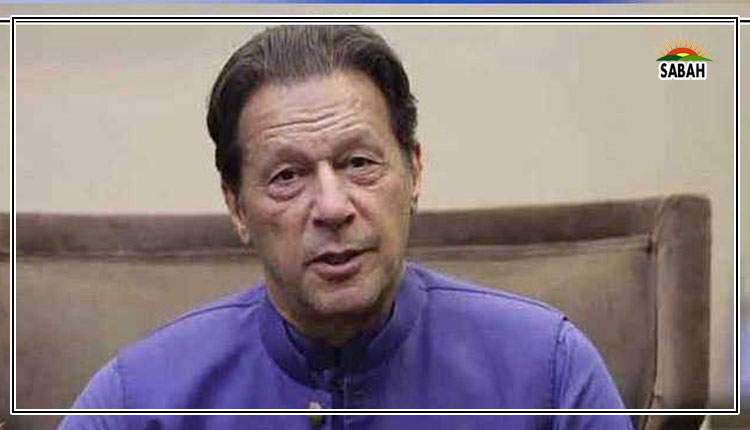Continuous rollovers have made debt increasingly unsustainable in Pakistan: Ikhtiar Baig
ISLAMABAD: ‘To boost foreign reserves, efforts are required for raising FDI and exports, as remittances are already at a record-high level’ say Mirza Ikhtiar Baig, Member National Assembly, at a session titled, “Unlocking Debt and Development: A Layman’s Guide on Public Debt” organized by Sustainable Development Policy Institute.
Mirza Ikhtiar Baig, member National Assembly and Member Standing Committee on Revenue and Finance in his welcome remarks said that debt is not inherently negative, particularly when there is a viable plan for repayment and it is directed toward productive investments. However, in Pakistan, continuous rollovers have made the debt increasingly unsustainable. Now Pakistan borrows debt simply to repay previous loans.
Baig referred to Fiscal Debt Limitation Act, debt-to-GDP ratio must be under 60%. Currently it is 68%, but no one is held accountable as there is not enough conversation around it. The government is being advised to reduce this ratio to 50%, but this target may be challenging to achieve under the current circumstances.
He stated that the only way to make debt sustainable is by increasing income and foreign reserves. To boost foreign reserves, efforts should focus on raising FDI and exports, as remittances are already at a record-high level.
The Sustainable Development Policy Institute (SDPI) in collaboration with the Friedrich Ebert Stiftung (FES) commenced a three-day workshop, bringing together a diverse group of participants to engage in discussions on sustainable fiscal policies, tax reforms, and the long-term welfare of citizens.
Dr. Sajid Amin, Deputy Executive Director SDPI said, “The rising levels of public debt in developing countries, including Pakistan, and Sri Lanka, have raised alarm bells across the region. With global debt levels reaching unprecedented heights, developing nations are facing mounting pressures, with 91 low and middle-income countries at risk of debt distress or default”.
Pakistan, for instance, is grappling with a public debt that stands at 71.8% of its GDP in 2024, while Bangladesh and Sri Lanka are similarly burdened, with respective debt levels of 41.1% and 115.5%. In many cases, these high debt levels are exacerbated by sluggish tax collection rates, which are well below the global average. With tax collection rates in Pakistan hovering around a mere 12% of GDP, compared to just 7.5% and 7.25% in Bangladesh and Sri Lanka, the reliance on borrowing to fund government expenditures is unsustainable.
Abdullah Dayo, Program Manager FES highlighted that vicious cycle of increasing debt levels coupled with low revenue collection leads to the cutting of essential public services, inflationary pressures, and higher living costs for citizens. Although Pakistan’s constitution empowers parliament to set debt limits, current levels of debt have far surpassed the statutory ceiling of 60% of GDP set by the Fiscal Responsibility and Debt Limitation Act (FRDL) of 2005.
Dr. Ali Salman, Executive Director PRIME says both in the short run and in the long run, public external debt has a negative and significant relationship with per capita GDP and investment in Pakistan. The domestic debt also has a negative and significant relationship with investment.
Mohsin Mushtaq Chandana, Director General Debt Management, Ministry of Finance, says that GDP has increased in proportion with inflation. Pakistan economy has stabilized because of reducing interest rates. If the debt of a country exceeds 90%, it drags GDP growth by 1% merely, mainly due to increase in interest expense. Ministry of Finance needs to raise a larger proportion of domestic borrowings through long-term securities with maturities of 10 years or longer to improve its average time to maturity, and reduce gross financing needs. He added that domestic debt in Pakistan has doubled from 2019 to 2024 whereas high debt to GDP ratio has implications for fiscal sustainability.
Sakib Sherani, CEO, Macro Economic Insights says Pakistan has crossed 700% of debt as compared to revenue which is historically highest in country’s history. In 2022-2023 the debt borrowed is higher then the last sixteen years together. The debt currently borrowed is not being used in development projects but is only used in day-to-day expenditures. As a percentage of GDP, the debt has deflated in the country but that is not the right metric to look at the issue. 66% of Federal revenue goes to interest payment whereas rest of 34% is used for rest of the expenditures.
A first of its kind, three day workshop aims to improve debt literacy amidst rising public debt & tax injustice in South Asia, with focus on Pakistan. The objective is to foster well-informed dialogue and analyses around public debt and development.












